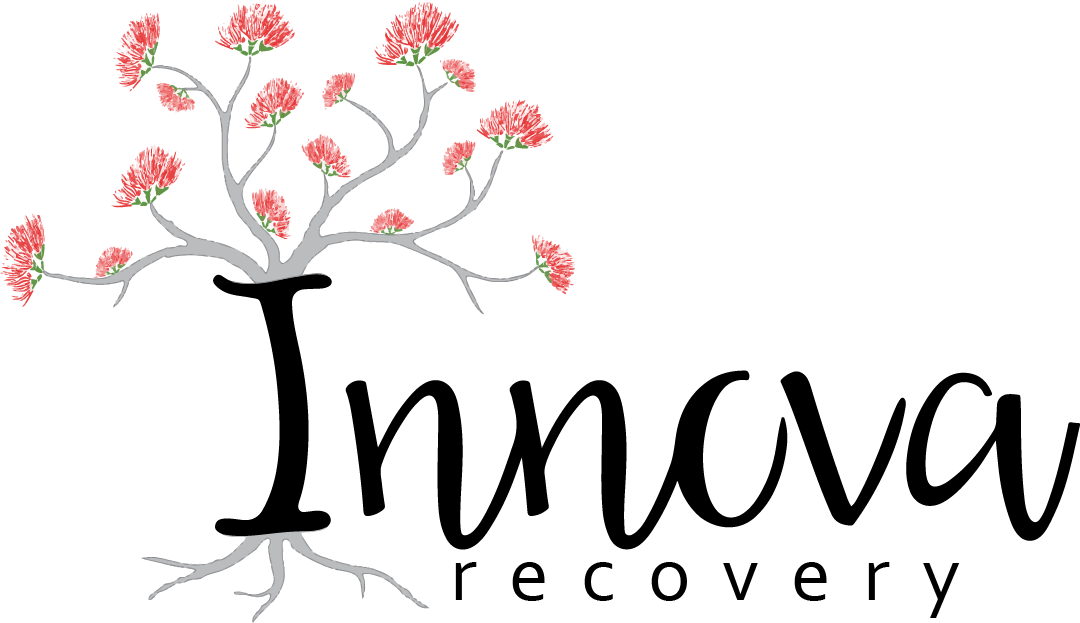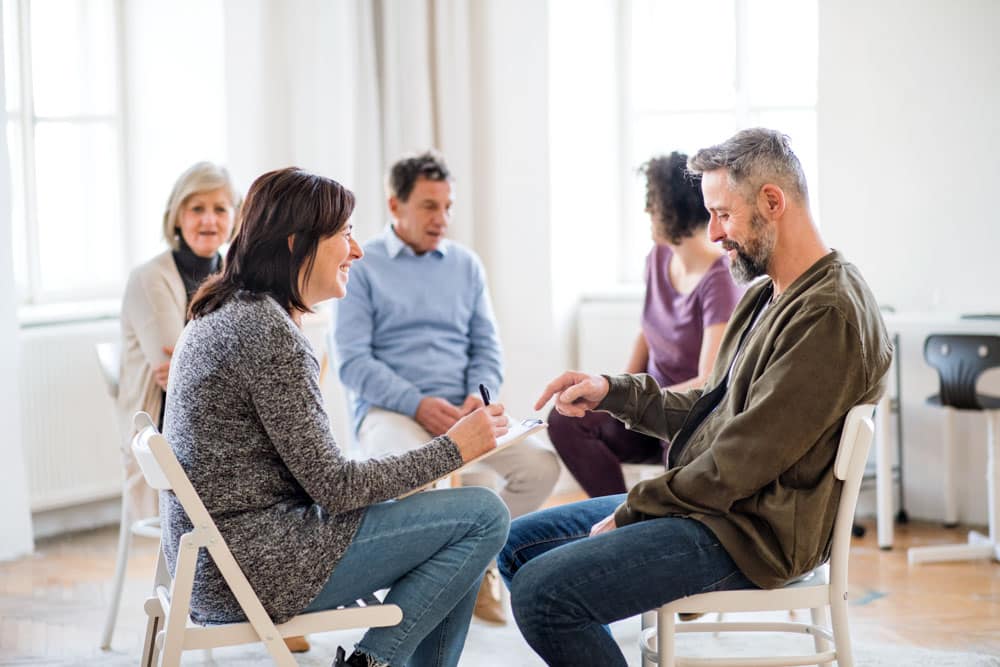We are honored to be featured on the cover of this monthʼs MD Monthly. You can read more about our groundbreaking program here: MD Monthly May Cover
Category: News
A little fun…
Sometimes we all need to have a little fun. Here, our Executive Director, Dr. Howard offers tips for dealing with your favorite teamʼs loss in the playoffs.
http://foxsanantonio.com/news/wheres-cleto/super-bowl-therapy
In The News
Check out our featured article in MD Monthly!










